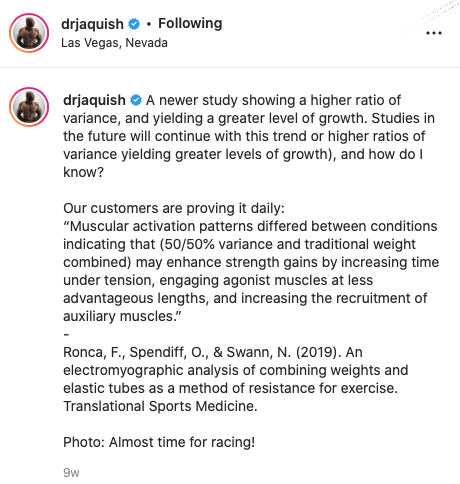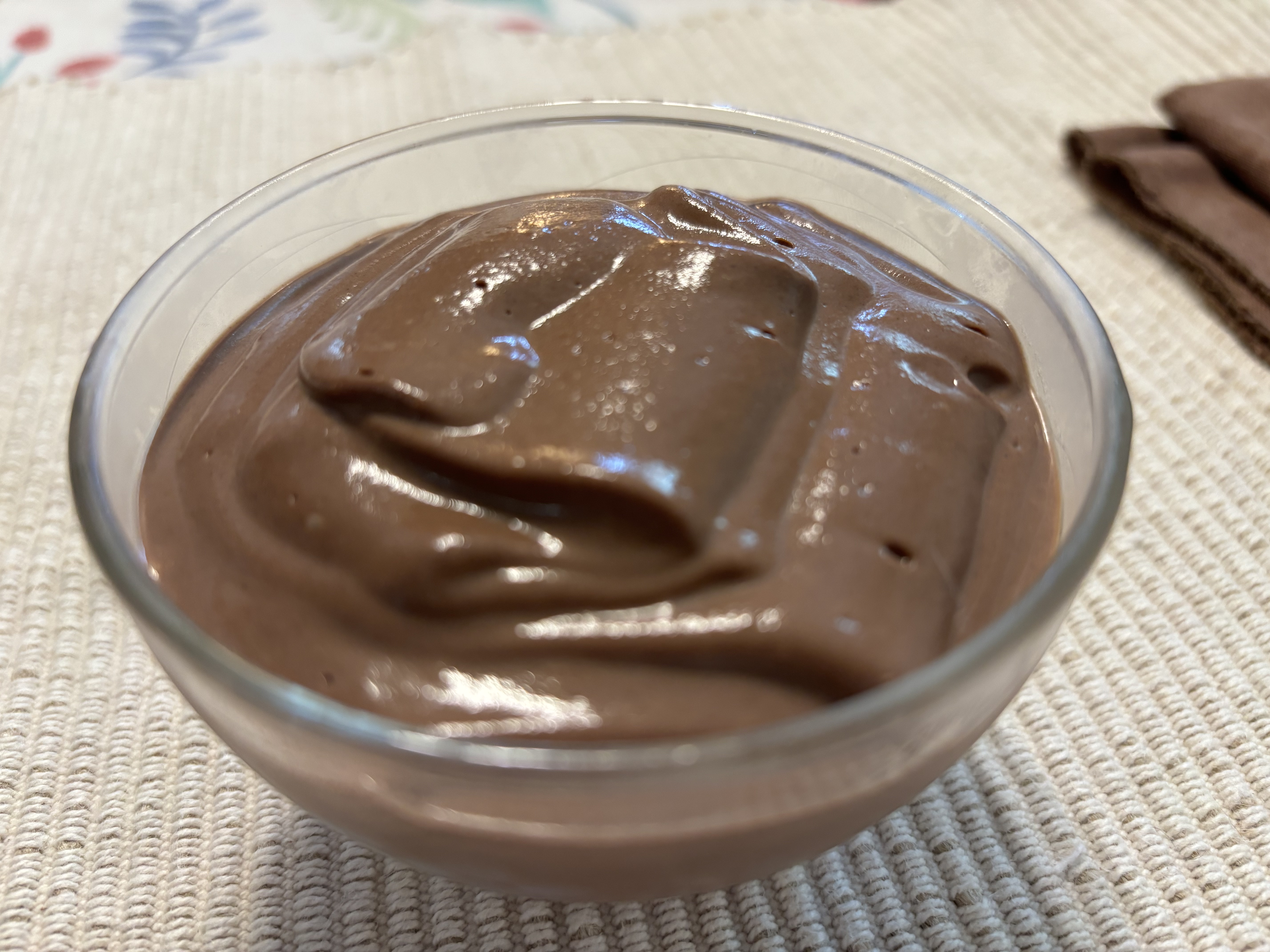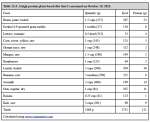Study: Combined Resistance Superior to Weights or Bands Alone
A new study reports finding that using combined resistance – isoinertial weight plus elastic bands – produces superior muscle loading compared to using either weight alone or bands alone.
Ironically I learned of this study from the Instagram account of John Jaquish, inventor of the X3 bar. He posted:

You can download a pdf of this report of the Ronca et al study of combined resistance here.
Jaquish suggests that this study reported that training with a higher ratio of resistance variance, such as provided by use of resistance bands alone, yields a greater level of growth than using either isoinertial weight resistance alone, or combining isoinertial weight (bodyweight or weight plates) with elastic resistance.
If you read it carefully, I think you will agree with me that Jaquish misrepresented the findings of this study.
It seems to be a habit; in my review of his book Weightlifting is a Waste of Time I found a pattern of misunderstanding or mis-representing conclusions of research, in order to convince people to adopt the X3 bar and a "carnivore" diet by creating the impression that these are strongly supported by scientific data (they aren't).
Combined Resistance Produced Superior Muscle Activation
First, Ronca and colleagues did not find elastic resistance alone to produce a superior stimulus to combined resistance. This is obvious from the abstract:
|
"This study aimed to compare the effects of elastic and weight resistance exercise on muscular activation patterns. Twenty-one moderately active males (age=25+/–8) performed ten bicep curls and leg extensions with weights (W), an equivalent elastic resistance (T) and a combined condition (TW) of half elastic tension and half weight resistance. Muscular activations of the biceps, triceps, rectus femurs, vastus medialis were recorded....Biceps total activation was highest with weights during the bicep curl due to an increased activation in the eccentric phase. The biceps was also active over a larger portion of the ROM under TW (110º-70º elbow angle), while W and T exhibited peak activations at mid (90º) and late (50º) stages of ROM respectively. The triceps (bicep curl) was least active with W throughout the concentric phase, as were the vastus medialis and lateralis (leg extension). Although peak and total activation were similar for most muscles in all conditions, muscular activation patterns differed between conditions indicating that TW may enhance strength gains by increasing time-under-tension, engaging agonist muscles at less advantageous lengths and increasing the recruitment of auxiliary muscles." |
So the key points of the abstract:
- Bicep total activation during bicep curl was actually highest using weights (not bands) "due to an increased activation in the eccentric phase." That means the elastic band bicep curl did not elicit the highest total activation, contrary to what Jaquish wants you to believe.
- Biceps were loaded over the greatest range of motion during bicep curl with combined resistance (TW condition) compared to either weights alone or elastic bands alone. This was because both of the latter conditions produced a less even loading through the ROM, the weights alone producing the peak loading at the 90º elbow angle, and the bands alone producing the peak loading at the 50º elbow angle.
- For both exercises, combined resistance (weight + bands) increased time-under-tension, engaged agonist muscles at less advantageous lengths and increased the recruitment of auxiliary muscles.
Ronca and colleagues really could not have been more clear: They found that combined resistance (weight + bands) produced superior muscle activation.
No Growth Reported
Jaquish claimed that this study showed that a greater level of resistance variance yields a greater level of growth. In fact, this study did not report any muscle growth at all for any participants. It was not a longitudinal training study of outcomes of training with different types of resistance. It was only a study of muscle activation patterns.
Combined Resistance Produced Greater Time Under Load
Ronca et al specifically stated that their data suggests that using combined resistance may produce superior muscle adaptations compared to either weight alone or bands alone. Here's the relevant comment from their report:
|
"During the bicep curl, weight and elastic resistance provided similar magnitudes of peak agonist activation that occurred at early and late stages of ROM respectively, while the combined condition provided a plateau of biceps activation that lasted most of the concentric phase (Figure 3). Provided that time under tension is a key factor in producing strength adaptations, it is plausible that a more extended muscular activation throughout the ROM would have contributed to the added strength gains observed in Bellar et al, Rhea et al and Anderson et al. At equal loads, greater time under tension induces greater protein synthesis than shorter activation times even at low intensities (30% 1RM, therefore a resistance method (TW) that provides exertion throughout a wider portion of the ROM would be expected to product greater strength adaptations than one that produces peak activation only at certain elbow angles (W or T)." |
Moreover, contrary to the suggestion that this study supported reducing the contribution of weight load to zero in favor of 100% elastic resistance, Ronca et al hypothesized that using a combined resistance implementing 70% of usual isoinertial load with 70% of equivalent elastic band load would be superior:
|
"Implementing higher proportions of elastic and weight resistance (i.e. 70% T + 70% W) in the combined conditions would increase the muscular activation throughout the entire ROM, producing a plateau of amplitudes equivalent to those elicited by the other two resistances (T, W), hence further enhancing strength gains, although the implementation of this strategy may be limited at higher loads." |
To clarify this, consider the difference between two possible exercises for the pectorals, shoulders and triceps:
- Push ups with added band resistance
- X3 bar chest press
When performing regular push ups, the weight load is approximately 65% of your body weight. Thus, for a 150 pound trainee, push ups would provide about 98 pounds of isoinertial weight load (this can be increased by raising the feet). Then you add Bodylastic bands to bring your repetition range down to 10-15. This could provide any amount of added resistance, most of which is added to the upper range of motion. Let's say you can add 70 pounds of resistance with bands. Now you have significant load throughout the full range of motion, including the bottom range where you get load under stretch, which some research suggests is important for hypertrophy.
In comparison, the X3 bar chest press provides virtually 100% of resistance from elastic bands. Consequently the load may be quite high at arm extension, but it goes to virtually zero when the bar is near the chest. It is unavoidable because the band(s) lose tension as they shorten. The result is the X3 bar chest press loading curve is inferior to the push up with added band resistance. The band-loaded push up will certainly produce greater time under tension over a fuller ROM.
The Ronca et al study provides reason to believe that the band-loaded push up potentially produces superior strength and hypertrophy adaptations compared to the X3 bar chest press, because the banded push up provides superior loading throughout the ROM. The superior loading is due to the combined resistance of weight – provided by bodyweight in the push up or dips – and elastic bands.
This is why I view elastic bands (including the X3 bar) as a method of enhancing the effectiveness of bodyweight/calisthenics exercises. Either bands alone or bodyweight alone produces suboptimal loading for either squatting or upper body pushing. For these exercises, combined resistance from body weight and bands produces greater muscular activation throughout the entire ROM, including loading the stretched position which puts the musculature under the greatest stress and may strongly trigger hypertrophy.
Similarly if you do deadlifts with X3 bar alone, you get virtually zero load on the hips and hamstrings in the stretched position. By using combined resistance of weights and bands for a Romanian or straight-leg deadlift, you get load in the stretched position from the weights, and in the extended position from the bands. The combined resistance will provide superior loading over a greater ROM.
One last point bears repeating: The X3 bar and elastic bands in general do not provide optimal resistance or loading for upper body pulling exercises. During upper body pulling, due to leverage factors you become weaker as you pull toward yourself. However, as you pull on a band, it produces greater tension and resistance as it stretches; it provides the highest level of tension precisely where you are weakest due to leverage. On the other hand the resistance goes to essentially zero when your upper back muscles are stretched (arms extended).
Therefore elastic bands alone are decidedly INFERIOR for loading all exercises for the upper back and biceps. Basic upper body pulling exercises like pull ups and chin ups are far superior to rowing with elastic bands because you get loading through the full range of motion and especially when the largest muscle of the upper back – the latissimus dorsi – is in its stretched position.
|
Also, as explained by orthopedic surgeon James Kirsh in his book Shoulder Pain? The Solution and Prevention, the human shoulder is designed for hanging (also known as brachiation). Kirsh explains why you need to hang to keep your shoulders healthy. Avoidance of hanging is one of the main reasons shoulder problems are epidemic in modern nations (just like avoidance of squatting leads to hip and knee disability). If you want shoulder health for life, you need to include hanging exercises in your training. Rowing with elastic bands might build some back muscle, but it will never move the shoulder through a full ROM, and if you don't use an ROM you will lose it. |
Get Gimmick-free Coaching
Although I think the X3 bar can be useful for loading squats and overhead presses, its not necessary. I can teach you how to use bodyweight, bands and minimal barbells and dumbbells to achieve loading equal or superior to the X3 bar. In addition my programs are designed to produce and ensure joint health and longevity, and above average mobility. Most people need supervision to achieve desired results because without it, they will not perform or progress exercises in a safe and productive manner.
Recent Articles
-
High Protein Chocolate Tofu Pudding
Jul 01, 24 12:41 PM
A delicious high protein chocolate tofu pudding. -
Vegan Macrobiotic Diet For Psoriasis
Sep 05, 23 06:36 PM
Vegan macrobiotic diet for psoriasis. My progress healing psoriasis with a vegan macrobiotic diet. -
How Every Disease Develops
Aug 04, 23 06:22 PM
How every disease develops over time, according to macrobiotic medicine. -
Why Do People Quit Being Vegan?
Jun 28, 23 08:04 PM
Why do people quit being vegan? How peer pressure and ego conspire against vegans. -
Powered By Plants
Mar 16, 23 08:01 PM
Powered By Plants is a book in which I have presented a lot of scientific evidence that humans are designed by Nature for a whole foods plant-based diet. -
Carnism Versus Libertarianism
Dec 30, 22 01:55 PM
Carnism Versus Libertarianism is an e-book demonstrating that carnism is in principle incompatible with libertarianism, voluntaryism, and anarchism. -
The Most Dangerous Superstition Book Review
Nov 15, 22 08:46 PM
Review of the book The Most Dangerous Superstition by Larken Rose. -
Plant-Based Diet Is Best For Health Protection: Meta-Review
Oct 17, 22 11:22 AM
A plant-based diet is best for health promotion according to a meta-review of more than 300 reviews published 1950-2013.











